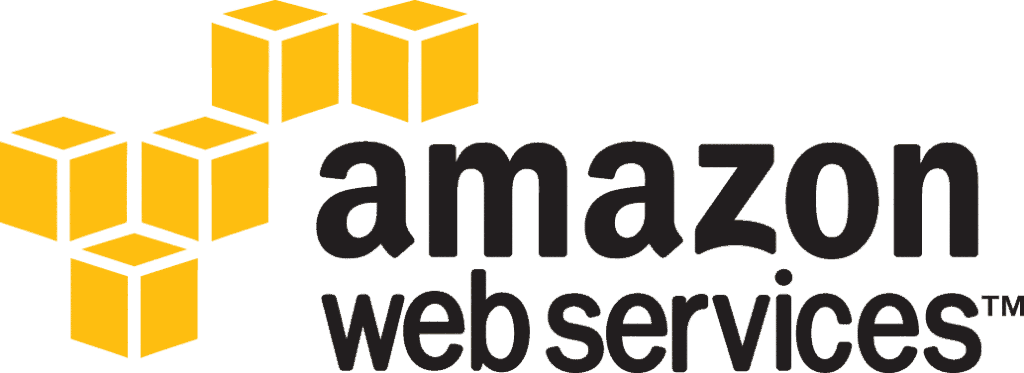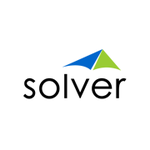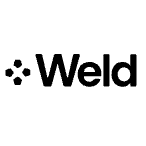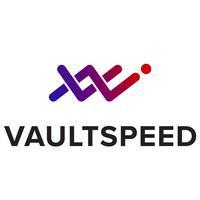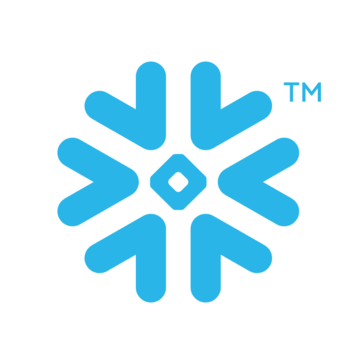
Snowflake
Offering a unified platform, Snowflake revolutionizes data management by enabling secure collaboration and elastic compute capabilities. With serverless AI at scale, it empowers organizations to seamlessly integrate data applications and analytics, effectively eliminating silos and enhancing operational efficiency for data-driven decision-making across diverse industries.
Top Snowflake Alternatives
WATS Test Data Management
WATS Test Data Management streamlines the collection, analysis, and action on test and repair data, enabling users to quickly identify yield issues and recurring failures.
SQL Data Warehouse
Azure Synapse Analytics revolutionizes data handling by merging enterprise data warehousing with Big Data analytics.
Amazon Redshift
Amazon Redshift empowers tens of thousands of customers by delivering superior price-performance and throughput for data analytics at scale.
Google Cloud BigQuery
Google Cloud BigQuery is a serverless, AI-ready data warehouse that enables efficient data analysis across multiple formats and engines.
BI Data Warehouse
The Solver Data Warehouse is a cutting-edge, pre-configured solution built on the Microsoft SQL Azure platform, designed to seamlessly integrate diverse transactional data into a single, user-managed database.
Weld
Weld is an AI-driven ETL platform that streamlines the process of syncing data from over 200 sources into a centralized data warehouse.
IBM PureData System for Analytics (PDA)
With AI-enhanced elastic scaling, it optimizes analytics and AI workloads, ensuring rapid, near real-time insights...
Visible Advantage
It facilitates simultaneous collaboration among analysts, designers, and engineers, streamlining the software development life cycle...
Panoply
Users benefit from managed ELT connectors that require zero maintenance, automatic data type detection, and...
VeloDB
It offers both a fully managed cloud service and a self-managed enterprise version, ensuring flexibility...
Vertica
Users can access the latest content online through HTML documentation or download PDF files for...
Vaultspeed
Utilizing an intuitive interface and a robust library of over 200 AI-powered templates, it streamlines...
ZAP (Formerly ZAP BI)
With low-code, prebuilt data models, and integrations for Excel and Power BI, ZAP enhances efficiency...
Tweakstreet
With support for SQL and No-SQL databases, diverse data formats, and robust connectors for popular...
Pivotal Greenplum
It empowers organizations to efficiently manage large volumes of structured and unstructured data, enabling data-driven...
Snowflake Review and Overview
Data warehousing and data science are essential terms in the field of big data. It is used to analyze and create a connection between raw data and turn them into meaningful information. Data warehousing is the method of storing and organizing these data into different layouts and structures. This helps it to be found easily at a later time. There several applications that allow the storage of data and allocating them into proper data structures for efficient access. Snowflake is a software that is used for data warehousing and to assist in data science and to share governed data securely. It enables faster query processing and uses automatic clustering, which helps to remove re-clustering while loading data into another table. The integrations with several web frameworks also make it an obvious choice.
Support for any cloud provider
The multi-cloud strategy adopted by Snowflake ensures the inter-compatibility of different cloud storage providers as they wish. It is easy and straightforward to implement and works without hassles once applied. Snowflake is integrated with Amazon AWS, Google Cloud, and Azure. It supports global data replication as a result of a common interchangeable codebase.
It enables the movement of data from one cloud storage to another cloud storage provider in any region. Also, it need not require re-coding the existing applications or learn new skills.
Data sharing and management
Data sharing is made possible using the secure multi-clustered storage approach that enables shared data warehousing in real-time. Create and own a private data exchange to share and collaborate with other teams or clients easily and securely. It allows the sourcing of external information and data to introduce new methods for data monetization using the Snowflake data marketplace.
It eliminates the need for manual data management using server automation. As it works on the principle of platform-as-a-service in the cloud, it needs no customizations and manual configurations to perform. Your data is processed and handled automatically using Snowflake, as it takes care of optimization, data protection, and more.
Performance and ecosystem integrations
Snowflake enables faster data processing and transactions than conventional data warehousing systems and cloud platforms require. The columnar database system includes optimizations that let it perform automatic clustering. It avoids repetitive re-clustering while moving data from one database table to another. The capability to scale and grow the platform gives users the right amount of performance they need, avoiding bottlenecks in operation.
It can be integrated with popular web frameworks ranging from Node.JS, ODBC, JDBC, and also with Python. This flexibility enables developers to tinker with the platform and get the most out of it. It also supports custom connectors that let modifications to the core platform.
Diverse data and multi-clustering
Managing data and organizing it can be cumbersome as usual. But Snowflake handles the database administration tasks and automates most of them for the user. The stateless service layer is used to perform global state management by using a distributed metadata storage medium. The operational states that happen in the layer are performed without any impact on the performance of the system since each workflow has its resources.


